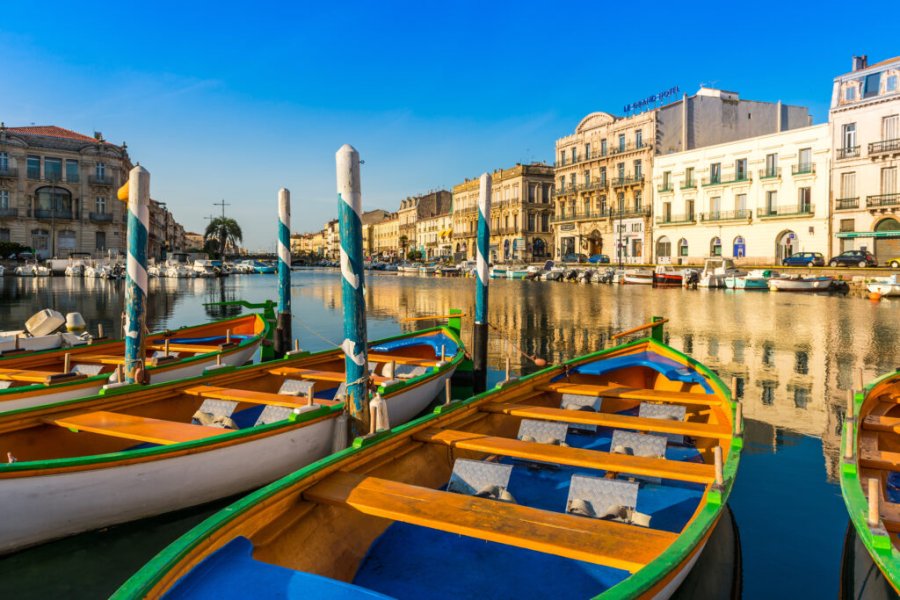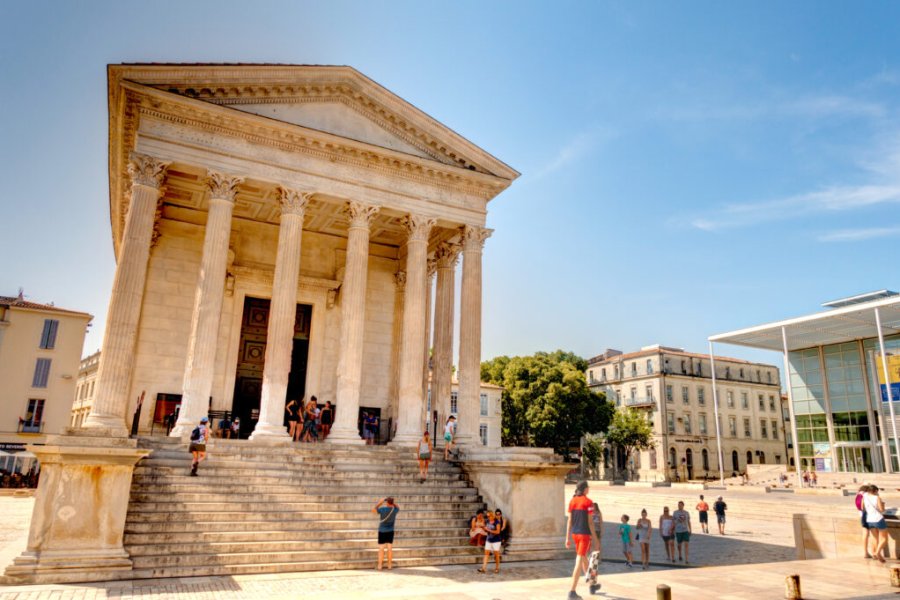Travel Guide Parc National Masoala
Find an accommodation
Advertising
At 240,500 ha, it is Madagascar's largest national park. Little-known until now, due to access difficulties, it was created in 1997. In addition to the development of tourist infrastructures, the preservation of this priceless natural heritage and the pursuit of scientific research, the mission entrusted to the park's managers (MNP, the Wildlife Conservation Society, etc.) also includes providing financial and environmental assistance to local populations. The idea is to make the park a "model" for Madagascar. Unfortunately, the illegal cutting of rosewood does not make it a paragon of natural heritage protection..The park boasts superb coral reefs, mangroves, rainforests (25% of Madagascar's lowland rainforests) and a rare Ravimbe palm(Marojejya darianii). It is assumed that almost half of Madagascar's plant species are even endemic to the forests surrounding Antongil Bay! Some specialists estimate that thousands of species have yet to be discovered or analyzed, and that immeasurable knowledge (medicinal, among other things) lies dormant here. Birds (at least 102 species, including the Eurycère de Prévost, the blue coua, the courol and the black bulbul), mammals (10 species of lemur, including 4 of the world's most endangered primates), reptiles and amphibians abound.The variegated rufous lemur(Varecia rubra), the red owl and the tomato frog are objectives in themselves. The Malagasy serpent eagle(Eutriorchis astur), discovered only in 1997, is one of the rarest species in the world!Three marine parks covering 10,000 ha protect the coral reefs and mangroves. Over 300 species of fish have been inventoried! The Grande Ile boasts some of the most beautiful underwater wonders in the Indian Ocean. Antongil Bay is one of the most important humpback whale breeding grounds in the world. From July to September, it's a veritable festival. Compared with Sainte-Marie, the tourist infrastructure here is underdeveloped, partly because of the small number of visitors who come here, and partly because the size of the bay limits the chances of seeing them. However, scientists (Americans, in particular) are in for a treat (even if they have to put up with frequent rainfall).
Suggested addresses Parc National Masoala
Weather at the moment
Advertising
Organize your trip with our partners Parc National Masoala
Transportation
Book your plane tickets
Car Rental
Boat rental
Accommodation & stays
Find a hotel
Holiday rental
Find your campsite
Tailor-made trip
Immersion travel
Services / On site
Activities & visits
Find a doctor
Find unique Stay Offers with our Partners
Pictures and images Parc National Masoala
There are currently no photos for this destination.
Other destinations nearby Parc National Masoala
100 km away



